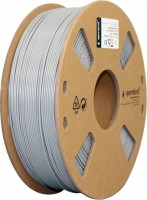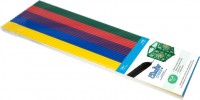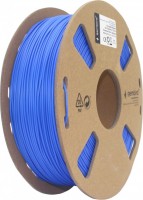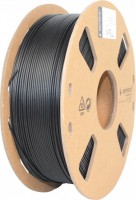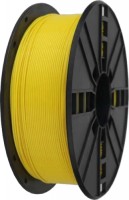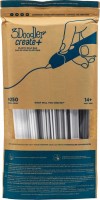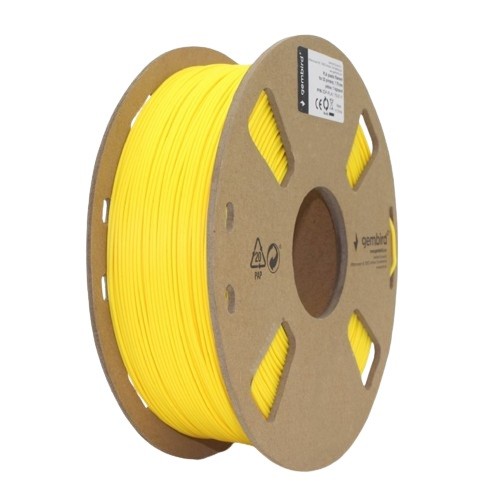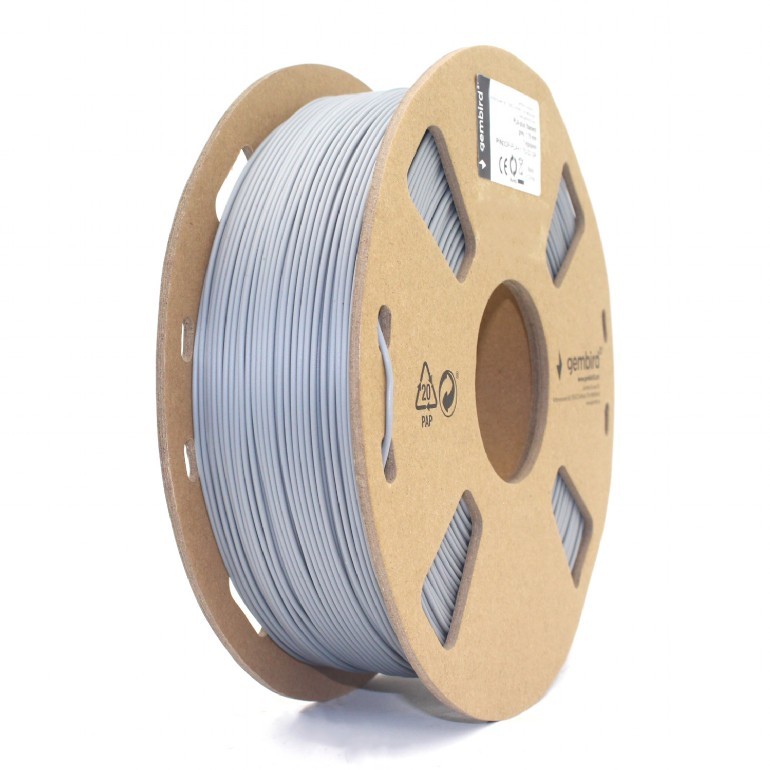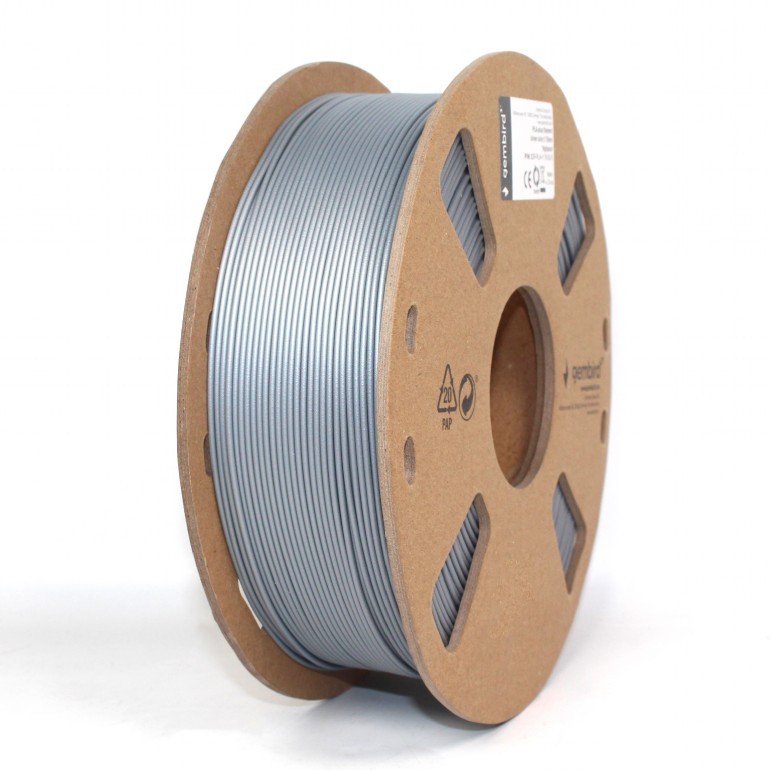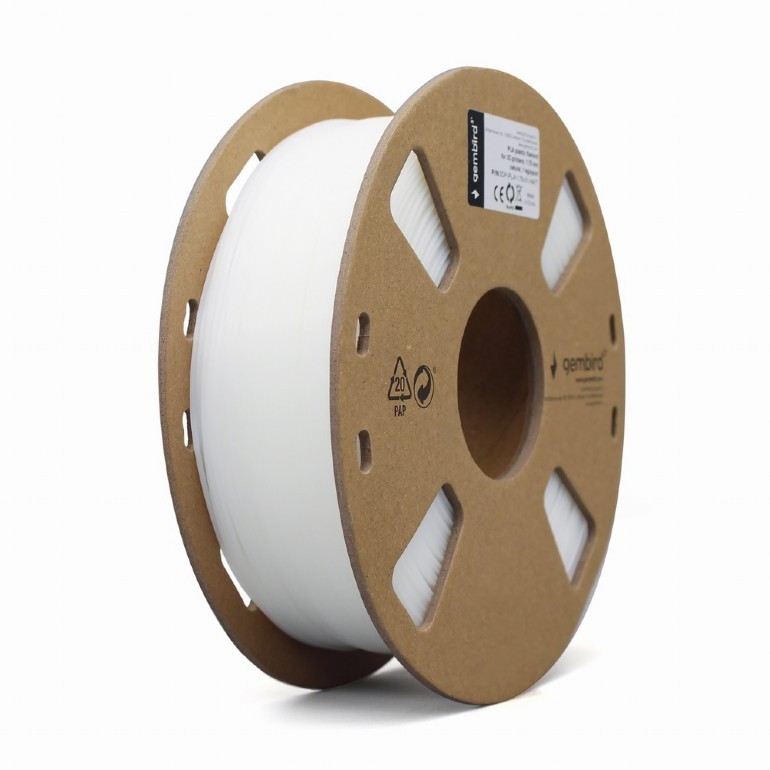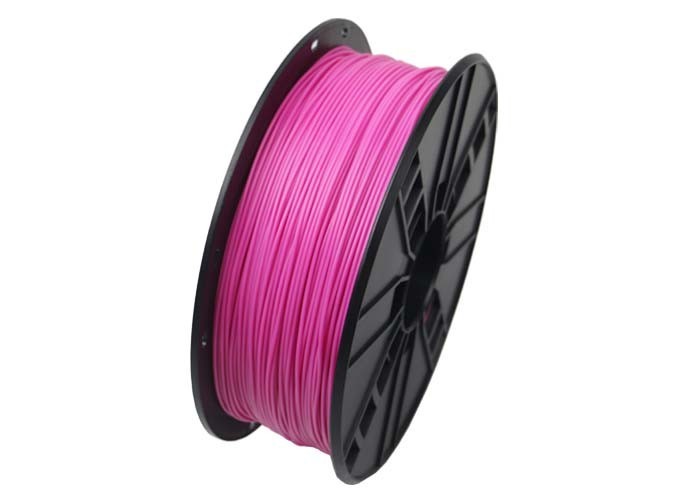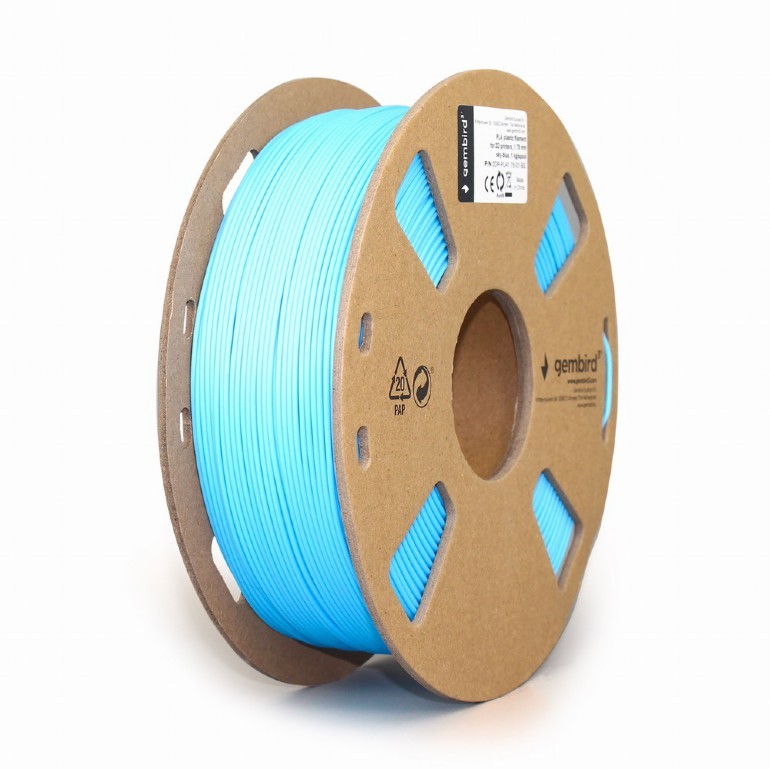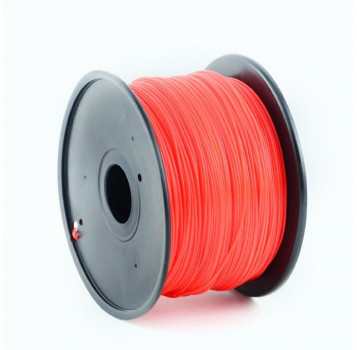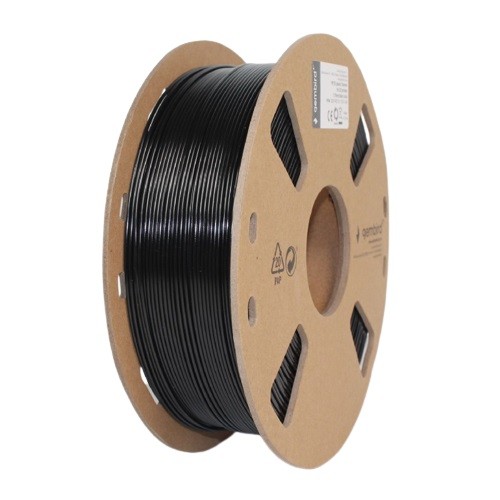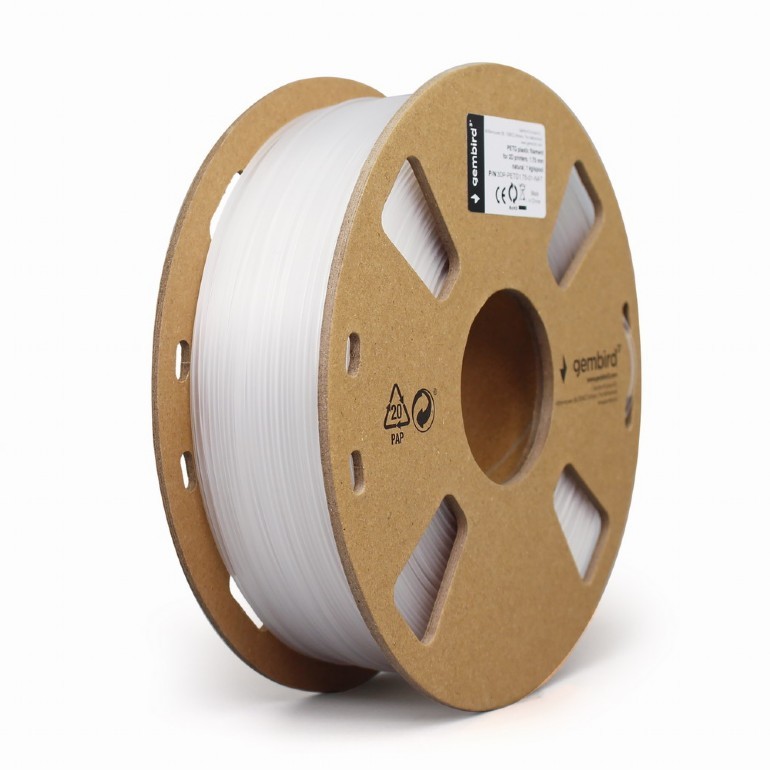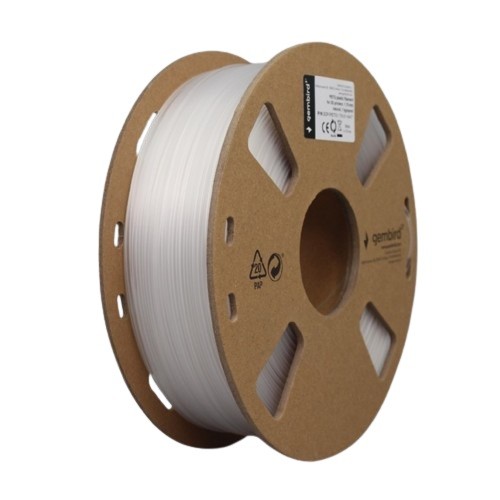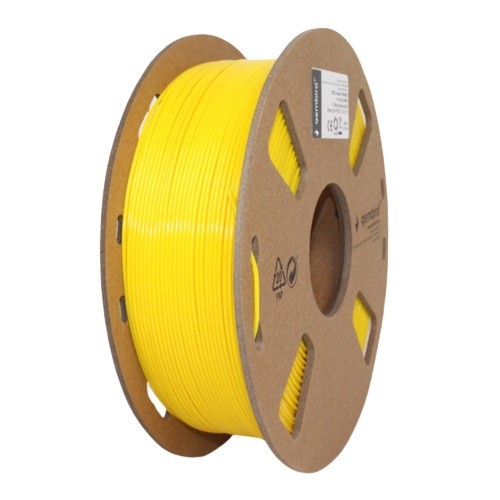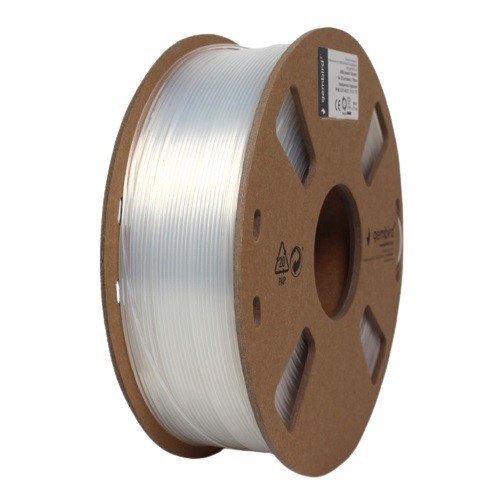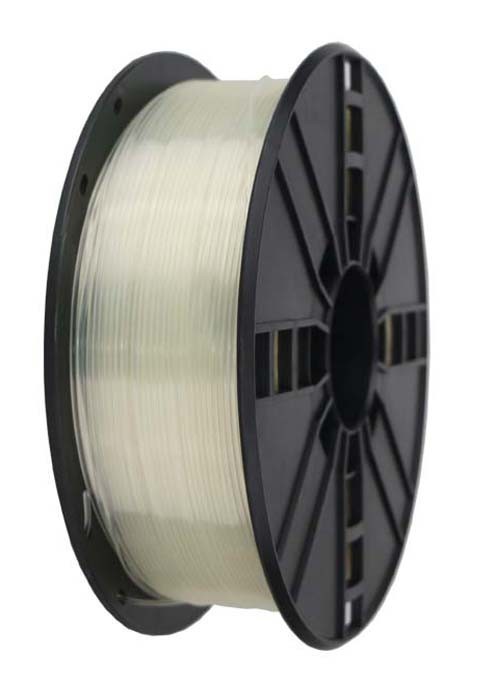Пластик для 3D друку Gembird Filament drukarki 3D PLA/1.75 mm/1kg/czerwony 43345
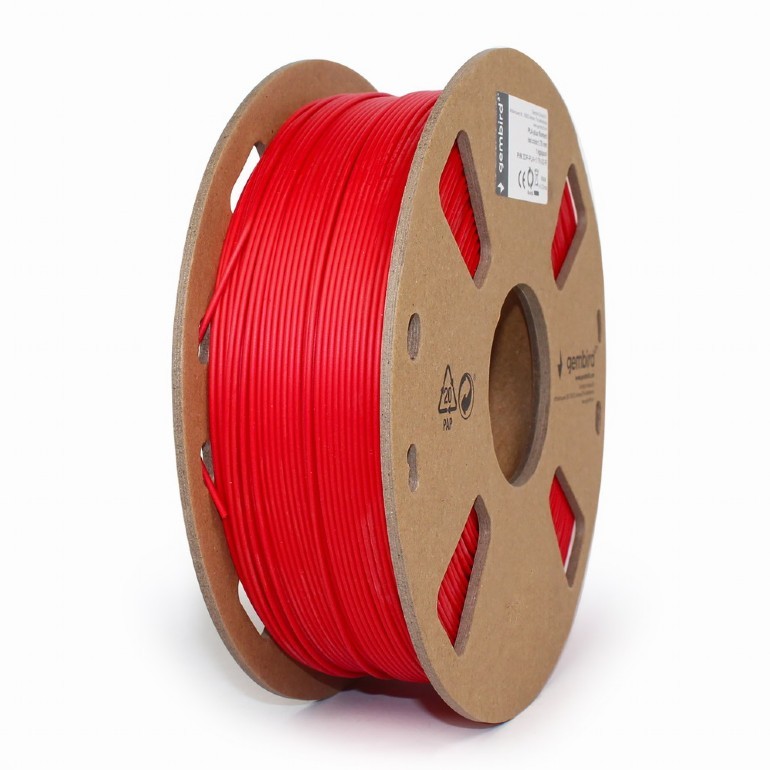 |
Купити Gembird Filament drukarki 3D PLA/1.75 mm/1kg/czerwony 43345
Коли ви робите покупку за посиланнями на нашому сайті, ми можемо отримувати партнерську комісію.
Plastik Gembird PLA do drukarki 3D 1,75 mm 1 kg Czerwony (3DP-PLA1.75-01-R) | 58 zł | ||||
Gembird Filament drukarki 3D PLA/1.75 mm/1kg/czerwony E3GEMXZW0000010 | 62 zł | ||||
Gembird Filament drukarki 3D PLA/1.75 mm/1kg/czerwony 43345 | 62 zł | ||||
| 67 zł | |||||
| 71 zł |  | ||||
| 71 zł |  | ||||
| 73 zł |  | ||||
| 75 zł |  | ||||
| 75 zł |  | ||||
| 77 zł | |||||
ще 5 пропозицій
Filament drukarki 3D PLA/1.75 mm/1kg/czerwony
Опис товару сформовано на базі даних з інтернет-магазинів. Перед купівлею обов'язково уточнюйте всю інформацію у продавця.

Найкращі настільні кріплення для моніторів із широкими можливостями регулюванняНеобмежений комфорт і функціональність робочого місця завдяки регульованим у всіх напрямках кронштейнам

Найкращі портативні підставки для ноутбуківСкладні та надійні підставки для комфортної роботи з ноутбуком вдома, в офісі та в дорозі
Як оформити замовлення?Як додати магазин?
Пам'ятайте, що за достовірність інформації про ціну, гарантію та доставку відповідає сам інтернет-магазин!
РекомендуємоПорівняти в таблиці →

